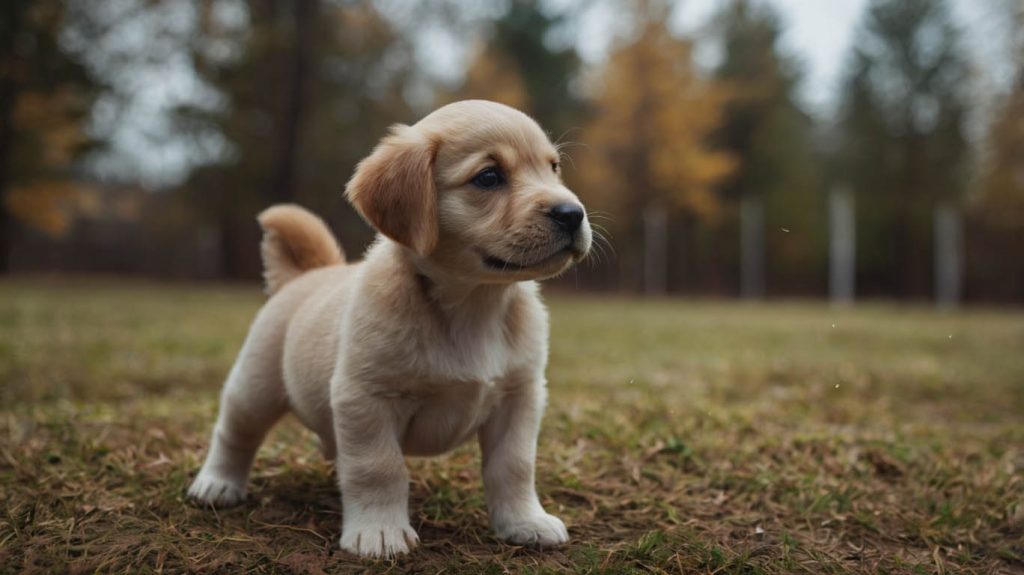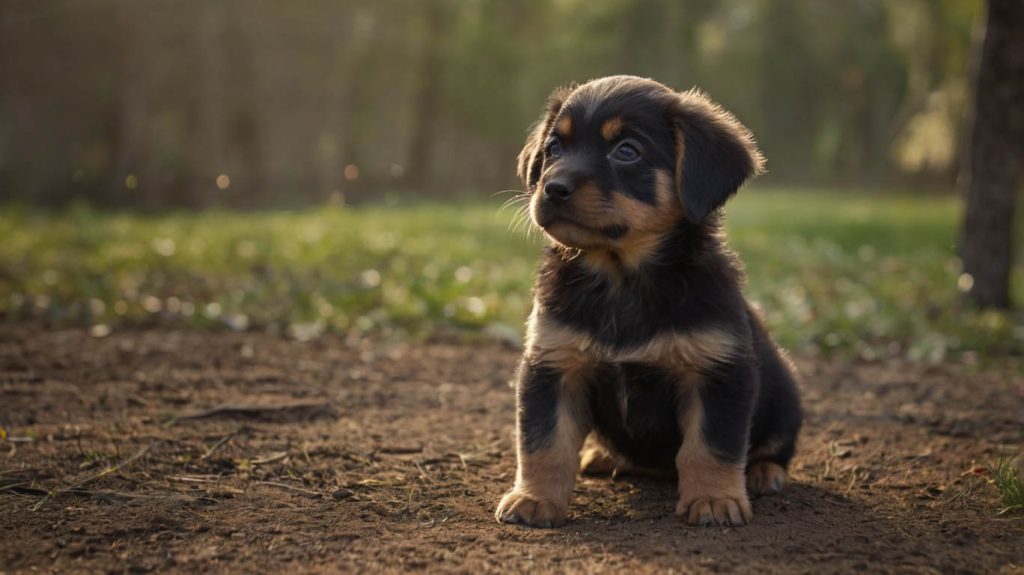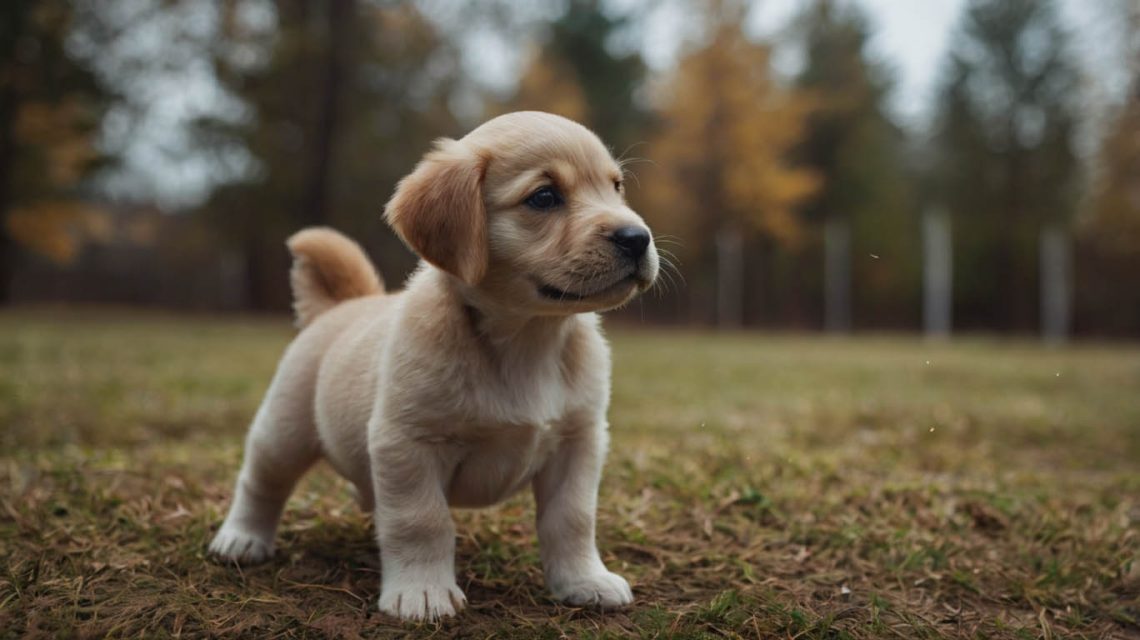Raising a well-behaved dog begins with teaching the basic commands to teach puppy early and consistently. These commands are not just cute tricks—they are crucial tools that help your puppy stay safe, calm, and connected to you.
Whether your puppy is stubborn or curious, the truth is: any pup can learn. You just need the right method and timing. This guide covers the top 10 basic commands to teach puppy and how to train them efficiently.
Why Basic Commands to Teach Puppy Matter
Training isn’t just about obedience. It’s about building trust, shaping habits, and preparing your dog for real-world situations. Basic commands like “Sit,” “Stay,” and “Come” can stop accidents, prevent bites, and ease anxiety—for both you and your dog.
Besides that, consistent training makes daily life smoother. Imagine being able to stop your puppy from chewing your shoes or running across a street. That’s the power of good training.

Top Basic Commands to Teach Puppy for Quick Results
Sit – The First Command Every Puppy Must Learn
“SIT” is the cornerstone of all dog training. It helps your puppy focus and resets their energy. Start with a treat, raise it above the pup’s nose, and as their bottom hits the floor, say “Sit” and give the reward. Practice 5 minutes a day for fast results.
Stay – Teach Patience and Boundaries
“STAY” teaches your pup to hold a position. This is especially helpful when guests arrive or you’re cooking. Begin with short stays and slowly build up. Always release your pup with a “Come” or “Okay” to avoid confusion.
Come – Build a Lifesaving Recall
“COME” can save your puppy’s life if they dash toward danger. Always make it rewarding. Call them using a happy tone, crouch down, and give a treat or toy every time they come to you. Practice during games like hide-and-seek!
Down – Create Calm in Chaos
“DOWN” gets your pup to lie flat, which naturally reduces excitement. Use it when your puppy is overactive or meeting new people. Teach it by luring them into a down position from “Sit,” rewarding when elbows touch the floor.
Leave It – Stop Dangerous Behavior Fast
Whether it’s chocolate or a sharp object, “LEAVE IT” keeps your puppy safe. Start with a treat in a closed hand. When they back away, say “Leave it,” then give a better treat from your other hand.
Drop It – Let Go of Unwanted Items
“DROP IT” prevents possessiveness and protects your belongings. Offer a treat when they pick up an object, then say “Drop it” as they release it. With time, they’ll drop things just to earn praise.
Heel – Control Leash Pulling
“Heel” teaches your pup to walk calmly beside you. Practice at home, walk in a straight line, and reward your puppy when they match your pace. Consistency is the secret to smooth, leash-free walks.
Off – Stop Jumping Behavior
Use “OFF” when your puppy jumps on furniture or people. Avoid shouting. Instead, calmly say “Off,” guide them down, then reward. Pairing the word with the action ensures faster understanding.
Settle – Encourage Resting Behavior
“SETTLE” helps signal when it’s time to calm down. It’s great before bedtime or during car rides. Use a soft mat or bed, say “Settle” when they lie down calmly, and reward the moment they’re still.
Watch Me – Build Strong Focus
“WATCH ME” creates eye contact and strengthens focus. Hold a treat near your eyes and say “Watch me.” Reward as soon as your puppy locks eyes with you. This improves responsiveness to all other commands.

How to Teach Basic Commands to Puppy the Right Way
- Keep Sessions Short: 5–10 minutes is perfect.
- Always Use Positive Reinforcement: Praise and treats build better habits than punishment.
- Be Consistent with Cues and Rewards: Always say the same command word and reward instantly.
- Practice in Different Places: Vary the environment to help generalize commands.
Common Mistakes in Teaching Basic Puppy Commands
- Using different words for the same command (e.g., “Down” vs “Lie Down”).
- Training when your pup is tired or overexcited.
- Skipping rewards too early.
- Getting frustrated too soon.
Tools That Make Puppy Training Easier
- Clickers: To mark the exact moment your pup does the right thing.
- Treat Pouches: Keeps rewards ready for quick reinforcement.
- Training Pads & Crates: Helps with house training and routine.
Real Puppy Training Story: Daisy the Doodle
Daisy was a hyper 10-week-old Goldendoodle. She would bite ankles, ignore commands, and bark non-stop. Within 3 weeks of structured training using these basic commands, Daisy stopped biting and started responding to “Come” even around distractions.
By week 5, her owner proudly reported that Daisy would sit patiently outside coffee shops, even with strangers passing by. Daisy’s success shows that with the right commands and consistency, even the most excitable puppy can become calm and well-mannered.
FAQs on Basic Commands to Teach Puppy
When should I start teaching my puppy commands?
As early as 8 weeks! Start with easy commands and positive reinforcement.
What if my puppy doesn’t listen?
Check for distractions or try a higher-value treat. Also, shorten your training sessions.
How many commands should I teach at once?
Focus on one or two until your puppy masters them. Then move on.
Should I use treats every time?
At first, yes. Slowly phase them out as the puppy starts obeying reliably.
Can I train an older puppy?
Absolutely. Dogs can learn new commands at any age—it just takes a bit more patience.
Is punishment okay in training?
No. It often backfires and causes fear. Stick to redirection and rewards.
Conclusion: Start Using Basic Commands to Teach Puppy Today
Training your puppy isn’t just about tricks—it’s about a shared language that builds trust, safety, and joy. By using these basic commands to teach puppy, you’re setting them up for a lifetime of success and happiness.
So, what are you waiting for? Start with “Sit,” build up slowly, stay consistent, and watch your puppy transform. You’ll thank yourself every single day.


